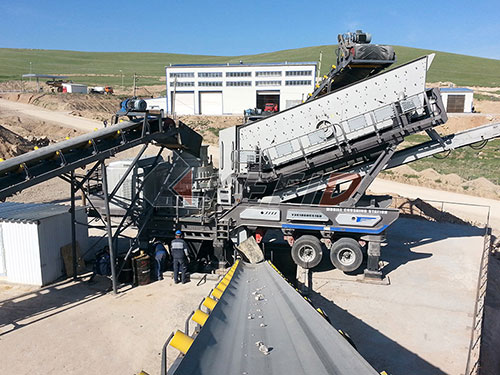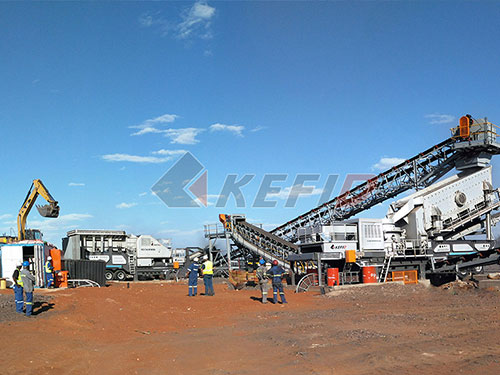Literature Review: Construction Elements of Dual Roll Crushers
Introduction
Dual roll crushers represent a fundamental category within comminution equipment, prized for their simplicity, robustness, and effectiveness in reducing medium-hard to hard materials through compression and shear forces between two counter-rotating rolls. While operational principles are well-established (compression ratio, nip angle), the construction of these machines significantly dictates their performance characteristics, longevity, maintenance requirements, and suitability for specific applications. This review synthesizes key findings from literature concerning the critical construction elements of dual roll crushers.
1. Roll Design & Surface Configuration

Material Composition: The rolls themselves are the primary wear components. Literature consistently emphasizes the use of wear-resistant materials:
Manganese Steel: Historically dominant (e.g., Hadfield manganese steel – 11-14% Mn) due to its exceptional work-hardening capability under impact/abrasion.
Chilled Cast Iron: Offers high surface hardness suitable for less abrasive materials but can be brittle.
Composite Rolls: Modern designs increasingly utilize composite constructions with high-chromium white iron or carbide inserts welded onto a tough core material (e.g., ductile iron), optimizing wear resistance while maintaining structural integrity.
Surface Hardening: Techniques like flame hardening or induction hardening are frequently applied to enhance surface hardness further.
Surface Profile: The choice profoundly impacts product size distribution and throughput:
Smooth Rolls: Produce finer products with minimal fines generation via pure compression; ideal for secondary crushing or generating specific particle shapes.
Corrugated/Grooved Rolls: Employ intermeshing teeth/grooves introducing significant shear forces; effective for primary reduction of sticky materials or achieving larger size reduction ratios in one stage.
Toothed Rolls: Feature distinct teeth (pyramidal, diamond-shaped) providing high-impact fragmentation; suitable for friable materials like coal or soft ores.
Roll Diameter & Width: Diameter influences nip angle and maximum feed size acceptance; larger diameters allow coarser feeds but increase machine footprint and cost. Roll width dictates throughput capacity directly.
2. Frame & Bearing Housings

Robustness & Rigidity: Literature stresses that the frame must withstand immense crushing forces without deflection to maintain roll alignment and nip geometry under load. Heavy-duty plate steel fabrication using welding or bolted assemblies is standard.
Design Philosophy:

Leave a Reply